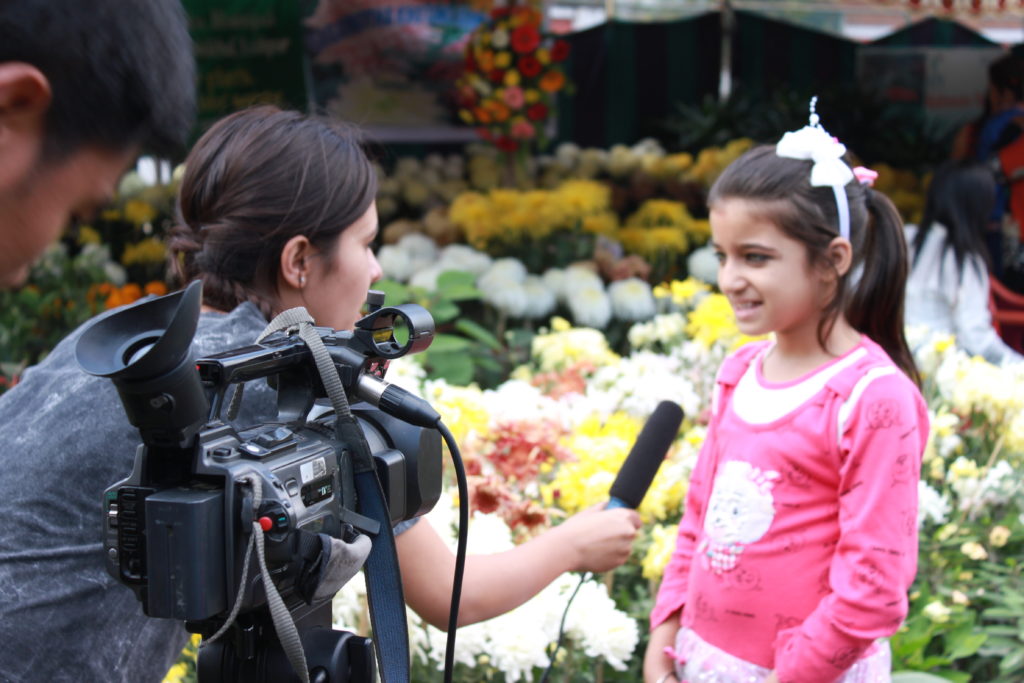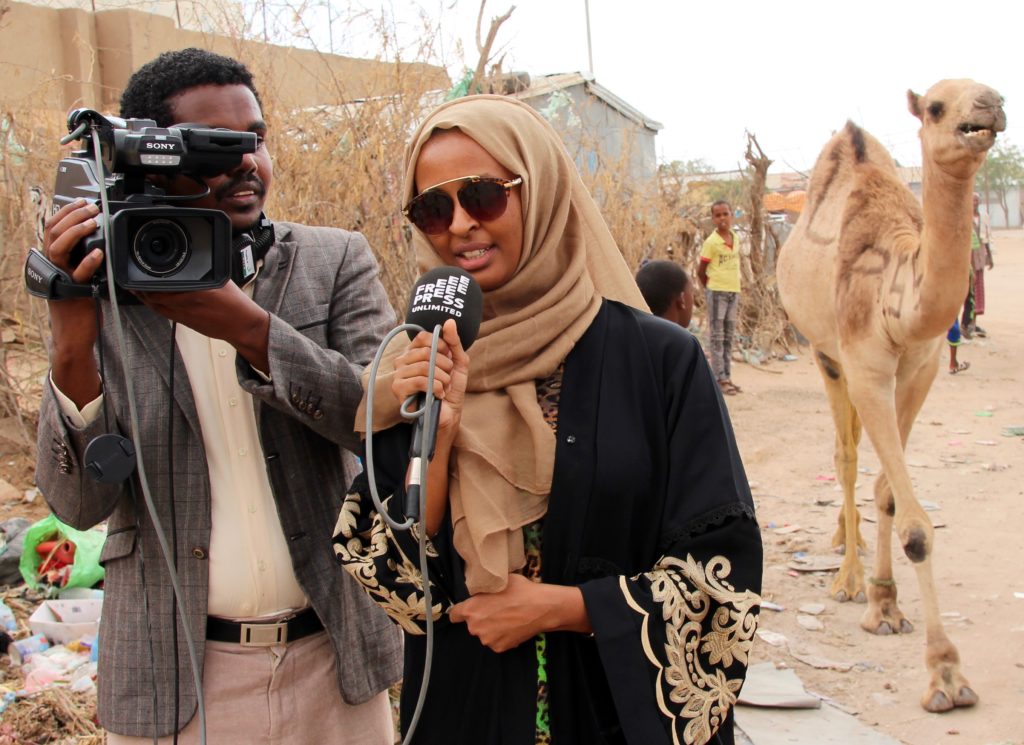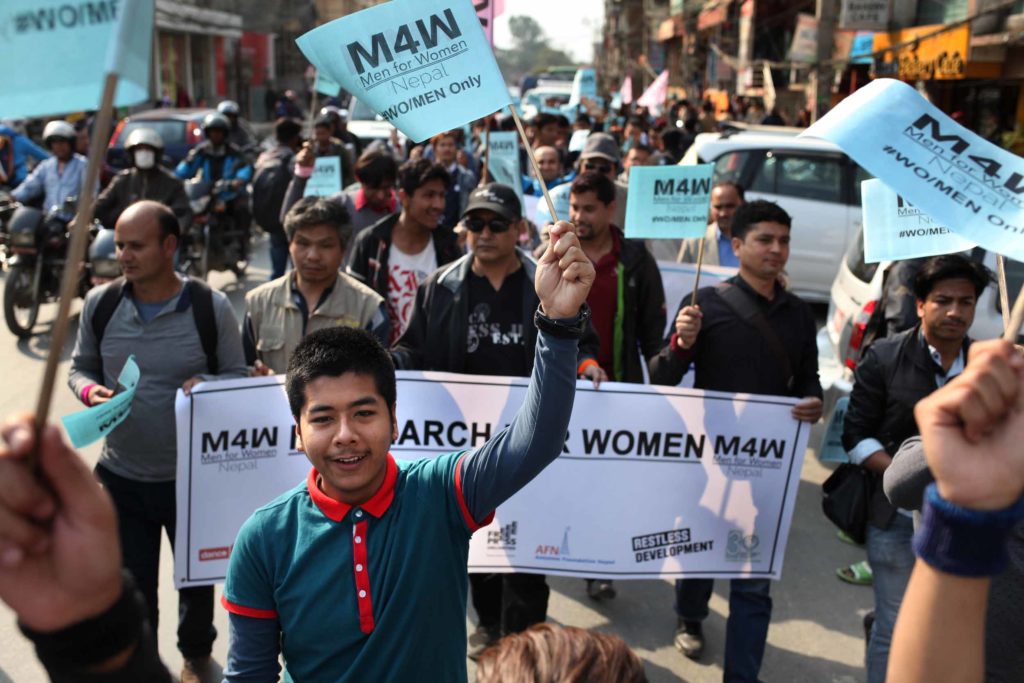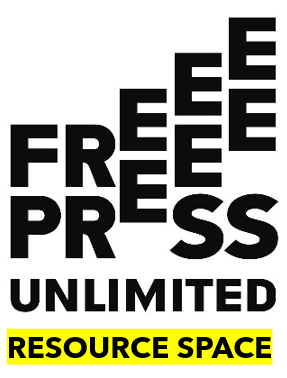This page provides an introduction to some key concepts underlying this guide, namely:
What are sex and gender?
Sex: refers to the biological characteristics differentiating male and female bodies. Key differences exist between typical male and female hormone levels, genetics and genitalia. Male and female biological sex characteristics are consistent across all cultures and societies.
Gender refers to how the different roles, norms and relations regarding men and women are perceived in society. The positions of men and women, and the expectations about what is masculine and feminine depend on social and cultural contexts and are not set in stone. The concept of gender is not biologically determined, but constructed by society and individuals. This means that perceptions of gender are constantly evolving, and can differ significantly between cultures, countries and generations.
Gender determines what is expected, allowed and valued in a women or a man in a given context. For example, in many societies women are more likely to be expected to perform housework and child-rearing duties while men face greater pressures to earn an income to provide for a family. Women may be seen as sensitive and caring while men are perceived as strong. Women can wear skirts, but men do not. The video below gives an example of one such gendered stereotype and expectation.
By addressing gender relations and the power dynamics behind them, we can better understand individuals’ access to and distribution of resources, as well as their ability to make decisions and participate in media.
Learn more
See the glossary of the European Institute for Gender Equality for an explanation of different gender terms.
Gender, sex and diversity
It is important to recognise that not everyone fits into the binary categories of ‘male or female’ and ‘man or woman’. In relation to sex, most people will be born with biological characteristics defining them as clearly male or female. However, occasionally people are born as intersex, having non-typical or mixed biological sex characteristics. In relation to gender, most people are cisgender, meaning their gender identity matches the sex they were assigned at birth. However, some people are transgender, identifying as a different gender than the sex they were assigned at birth. For example, someone may identify as a man despite having been born with female sex characteristics. Additionally, some people do not see themselves as being exclusively a man or a women, and may identify as non-binary or gender-queer.
Learn more
The Genderbread Person provides a useful model that explains the difference between your anatomical sex, gender identity, gender expression and attraction.
The AGEMI project has a learning unit on Intersectionality and media.
What is gender equality?
Due to gendered roles, norms and expectations, men and women often do not share the same opportunities, resources and positions in society. Men tend to be seen as the ‘standard’, while women, and the contributions they make to society, can be invisible.
Gender equality means that women and men enjoy the same levels of respect and status in society. It also means people of all genders have the same entitlements to human rights, access to opportunities and abilities to make choices about their lives.
Ultimately, promoting gender equality means transforming the power relations between women and men in order to create a more just society for all.
What is the role of media in gender equality?
Media play an important role in how people form their identities, social norms and values in relation to gender. Research shows that from a young age, children are influenced by the gendered stereotypes that media present to them. For example, Plan International and the Geena Davis Institute on Gender in Media conclude that girls and young women lose confidence and ambition if they do not see role models and women as leaders on screens.
Gender inequality in media content exists through both the under-representation and mis-representation of women. Men are far more likely to be visible as journalists, experts and subjects than women, and also to be portrayed in a way that values their opinions, experiences and professions.
Gender inequality is also clearly visible within media institutions. Even though an increasing number of women are studying and entering the journalism profession, they continue to face significant barriers to safety, support and career progression, and remain underrepresented in the sector.
Gender inequalities that are present across many aspects of society are reflected in the media. Media can perpetuate gender inequalities, but also have the power to address and challenge them. There is an enormous potential for media to show more balanced, inclusive and diverse portrayals of gender, thereby contributing to a more just society.
This guide is dedicated to exploring the relationships between gender and media, and the crucial role that media practitioners and organisations play in working towards gender equality.
Learn more
AGEMI has a great collection of learning resources about gender and media.
The University of Strathclyde currently offers an online course on Futurelearn on gender and media.
Explore the different topics in this guide
In the guide you can find specific strategies, tools and resources to tackle the issues outlined above.

Gender equality in media content
Worldwide, women are underrepresented in the media and often portrayed in stereotypical ways. There is an enormous potential for media to show a wider variety of roles and behaviors of people of all genders, thereby challenging gender inequalities and expanding the range of people society looks up to as role models.
Explore this section to find out about different strategies to promote gender equality in media content.

Gender equality in the media sector
Gender inequality is clearly visible in the media sector and journalism profession. Women are usually a minority in media organisations, especially in high-level and decision-making positions. Women journalists face unique barriers and safety risks.
Explore this section to find out more about different strategies related to gender in the media sector and workplace.

Campaigningand advocacy are crucial to achieving the legislative and policy environments necessary for gender equality in the media.
Explore this section to find out about different mechanisms and movements being used around the world.

When working on a media development project, it is crucial to mainstream gender within its design, implementation and evaluation.
Explore this section to find out how gender mainstreaming can address the concerns and needs of both men and women within every stage of the project cycle.
